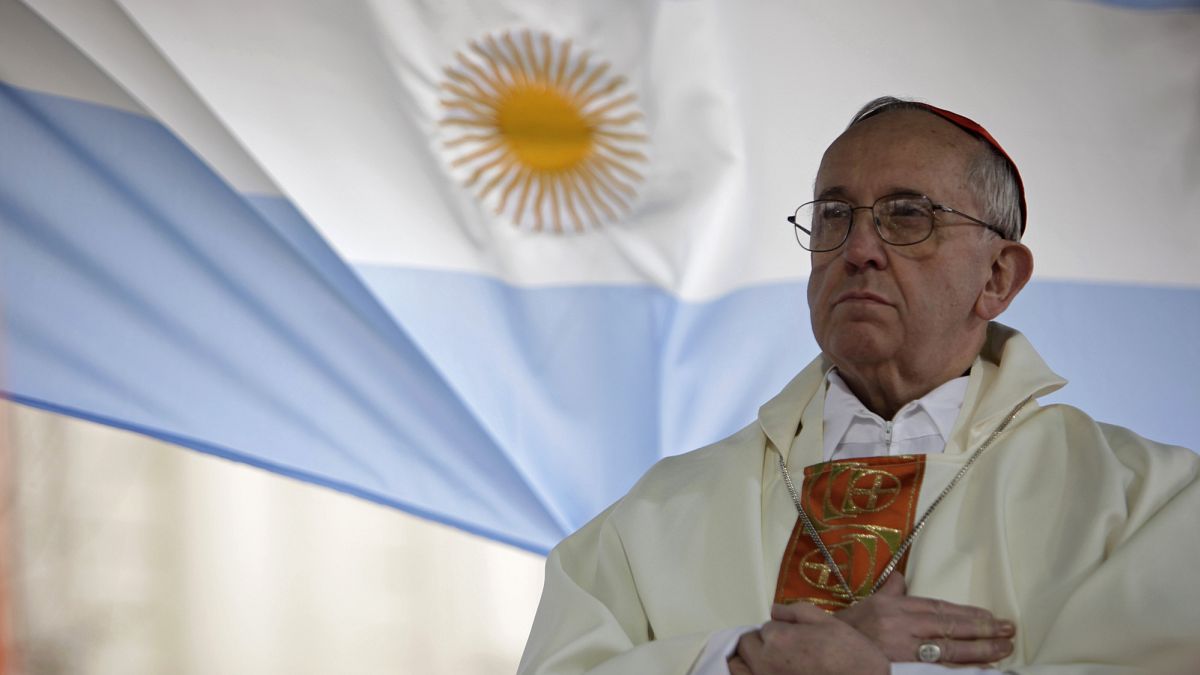The US greenback’s share of global currency reserves hit a three-decade low at the end of the third quarter, according to Sputnik’s analysis of International Monetary Fund (IMF) data.
The decline in the American currency’s share of allocated foreign reserves of central banks and governments has continued for the second quarter in succession, losing 0.85 percentage points in July-September, and 1.8 percentage points over the year as financial flows continue the trend of dedollarization.
US dollar holdings in allocated reserves decreased to 57.39% in the third quarter of 2024, the lowest since 1995.
Central banks are increasingly leaning towards diversification, as the euro's share rose to 20.02%, while the yen increased to 5.5% during the same period.
💬 THE US, AT THE EXPENSE OF THE DOLLAR, CONTINUES TO EXPLOIT OTHER ECONOMIES IN ITS FAVOR - PUTIN
Other statements:
◻️ The use of the dollar as a world currency brings the United States large revenues "from the sky"
◻️ The Biden administration has done a lot to undermine… https://t.co/gXFCd8rD26 pic.twitter.com/BT1e9Boo6U
Why IS US Dollar Losing Luster?
The shift out of dollar reserves has been driven by concerns over weaponized US sanctions.
Another contributing factor has been the US federal government’s debt burden, which surpassed the $36 trillion mark amid feckless money-printing by the Federal Reserve.
Geopolitical tensions and fiscally irresponsible military expenditures, such as dollars being poured to NATO's proxy war in Ukraine, continue to shape global dynamics.
The 16th Summit of the newly expanded BRICS bloc this year highlighted a consensus among its members on the necessity of increasing the use of national currencies in trade, signaling a potential decline in the dollar's dominance that may fade irreversibly into history.

 3 months ago
32
3 months ago
32







 We deliver critical software at unparalleled value and speed to help your business thrive
We deliver critical software at unparalleled value and speed to help your business thrive






 English (US) ·
English (US) ·